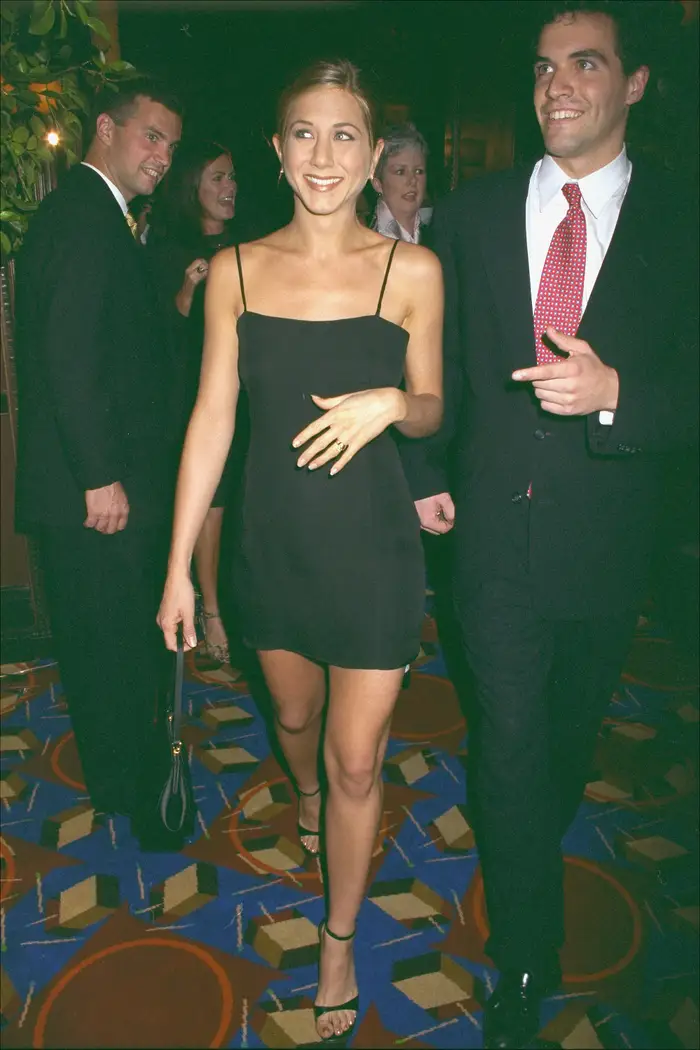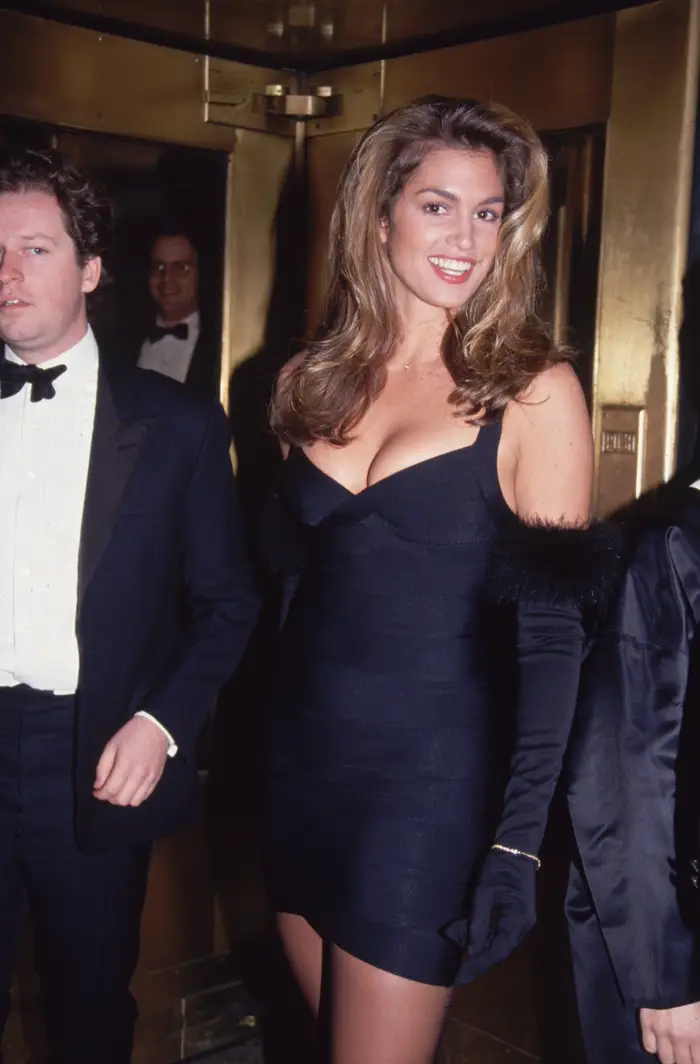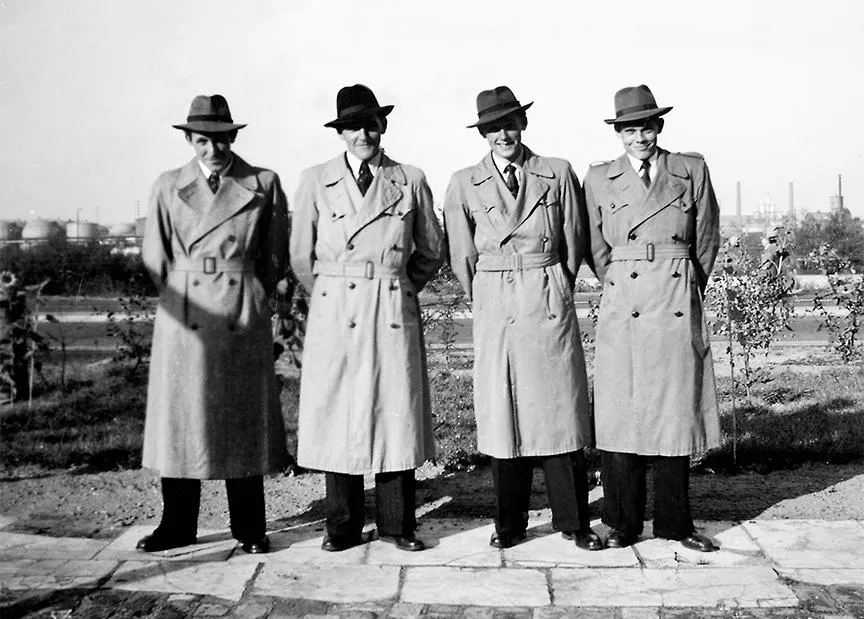The Enduring Appeal of Timeless Fashion: Why Certain Styles Will Always Remain in Vogue
- CÉLESTE

- Dec 21, 2023
- 3 min read
The fashion world is constantly evolving, but there are some elements that stand the test of time. Lets's jump into some of the timeless pieces, legendary designers and the enduring allure of iconic style.
The Timeless Appeal of the Little Black Dress: The Little Black Dress has been a wardrobe staple for decades. With its revolutionary impact, from Coco Chanel's groundbreaking design, litte black dresses have not lost its relevance to this day. From its inception in the 1920s to its contemporary interpretations, this iconic garment symbolizes simplicity, versatility, and a timeless sense of sophistication.
Chic and Classic: The Evolution of the Trench Coat: The Trench Coat, born from practical military roots, has evolved into an epitome of classic style. Originally crafted for soldiers in the trenches of World War I, the Trench Coat's transition to civilian fashion brought forth an icon that seamlessly blends form and function. The classic silhouette, characterized by a double-breasted front, belted waist, and distinctive epaulets, has stood the test of time. Today, the Trench Coat remains a wardrobe staple, offering a timeless fusion of sophistication and practicality. Its adaptability allows it to complement both casual jeans and formal attire, making it a versatile and enduring symbol of refined style.
The Iconic Hermes Birkin: A Bag Beyond Fashion: The Hermes Birkin is more than a handbag; it's a symbol of ultimate luxury and exclusivity. Originating from a chance encounter between Jane Birkin and the Hermes CEO, this bag has transcended its utilitarian purpose to become a cultural icon. Crafted with precision and made from the finest materials, the Birkin represents the pinnacle of craftsmanship in the fashion world. Beyond its undeniable elegance, the Birkin holds cultural significance, embodying a certain lifestyle and status. With its enduring allure and limited availability, the Hermes Birkin is not just a bag; it's a timeless statement of refinement and prestige in the world of fashion.
Couture Legends: The Houses of Dior, Chanel and Saint Laurent: The legacies of Christian Dior, Coco Chanel, and Yves Saint Laurent stand as enduring pillars in the realm of haute couture. Christian Dior's post-war "New Look" revolutionized fashion, reintroducing opulence with full skirts and cinched waists. Yves Saint Laurent, an apprentice under Dior, contributed to the house's legacy before founding his own iconic brand.
Meanwhile, Coco Chanel's legacy is characterized by timeless designs—most notably, the iconic Chanel suit. Her revolutionary approach embraced simplicity, introducing a new era where comfort and style coexisted. The interlocking "CC" logo and the timeless fragrance Chanel No. 5 further solidify Chanel's enduring impact.
Yves Saint Laurent, starting at Dior and later establishing his eponymous label, incorporated his experiences at Dior into his designs. His creations, including the iconic tuxedo jacket for women, brought a fresh perspective to haute couture.
These houses, rooted in innovation and classic beauty, continue to shape fashion. Whether it's the luxurious elegance of Dior's ball gowns, the transformative designs of Yves Saint Laurent, or the effortless sophistication of Chanel's creations, these couture legends transcend time. They remind us that true style is an art form that evolves while retaining its timeless essence. The legacies of Dior, Chanel, and Saint Laurent remain ever-relevant, weaving a narrative of cultural and artistic evolution in the tapestry of haute couture.
As we turn the pages of fashion history, it becomes evident that certain styles and pieces have secured their place as legends. From the revolutionary designs of iconic fashion houses to the enduring charm of timeless accessories, these elements continue to inspire and captivate generations. In a world where trends come and go, the influence of these fashion legends remains solid, reminding us that true style is eternal. Embrace the classics, and let the legends of fashion guide you on your own stylish journey.
None of the media rights are owned and belong to their rightful owners.





















Comments